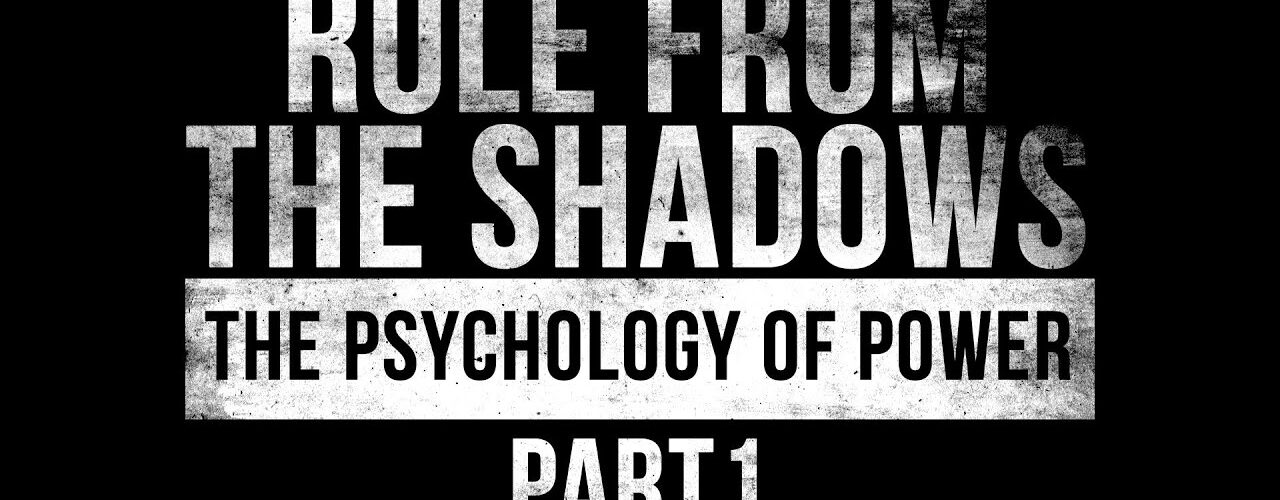Throughout history, the pursuit of dominance has been the driving force behind major events, shaping the course of nations and civilizations. Those who fail to recognize this dynamic often find themselves manipulated and exploited by forces beyond their comprehension.
For those in power, maintaining control over the masses is paramount. It is far more advantageous to have a population of ignorant pawns than informed adversaries who could challenge their authority. To achieve this, rulers have historically employed various tactics to create illusions that obscure the true nature of power dynamics.
Walter Lippmann coined the term “manufacture of consent” to describe this phenomenon, particularly within democratic societies. He argued that controlling public perception was essential for maintaining the status quo, as the interests of the ruling class often diverged from those of the general population. Lippmann himself was intimately involved in shaping public opinion, highlighting the practical application of this concept.
One notable example of this manipulation occurred during World War I, when President Woodrow Wilson established the Committee on Public Information (CPI) in 1917. Led by George Creel, the CPI was tasked with drumming up support for the war effort through propaganda and misinformation. While the CPI employed crude tactics, one of its members, Edward Bernays, took a more sophisticated approach.
Bernays, drawing on insights from psychology, crafted a campaign to promote the idea that America’s involvement in the war was aimed at “making the world safe for democracy.” By tapping into the subconscious desires and fears of the American people, Bernays sought to shape public opinion in favor of the war effort.





Add comment